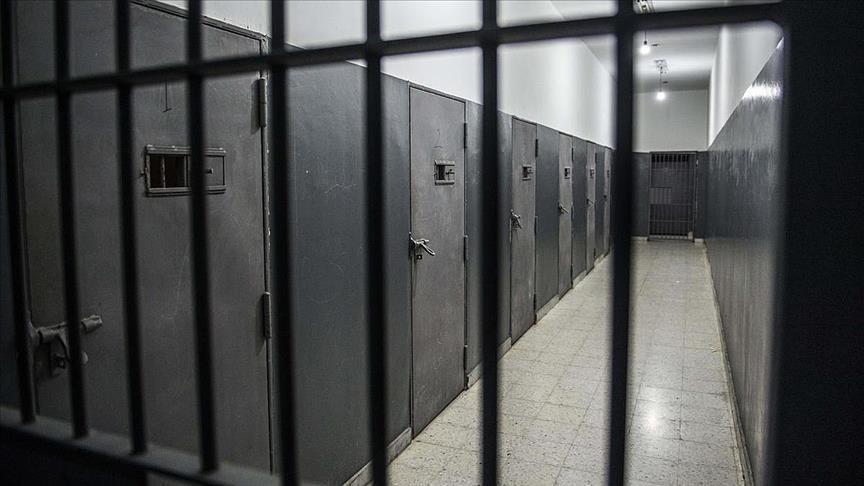
Over the weekend, the World Health Organization (WHO) undertook missions to severely strained hospitals in northern Gaza, revealing a grim scene of growing desperation. Starving individuals resorted to stripping an aid truck of supplies, painting a stark picture of the region’s dire circumstances.
Late on Sunday, WHO Chief Tedros Adhanom Ghebreyesus reported that the UN health agency, along with its partners, successfully delivered aid, including crucial fuel, to the Al-Shifa hospital. Once Gaza’s largest and most advanced medical facility, Al-Shifa now stands devastated due to relentless hostilities and a surge in the number of wounded individuals.
The December 23 mission exposed a community grappling with acute hunger, prompting Tedros to call for an immediate scale-up of food and water distribution to safeguard population health and stability.
Origins of Conflict and Ongoing Strife
The conflict erupted when Hamas fighters launched an attack on southern Israel on October 7, resulting in approximately 1,140 casualties and the seizure of 250 hostages, as per an AFP tally based on Israeli figures. In response, Israel initiated a relentless military campaign that has claimed over 20,400 lives, primarily women and children, according to Gaza’s health ministry.
Tedros, while at Al-Shifa, emphasized that the hospital’s capacities had been brought to their knees due to continuous hostilities and an overwhelming number of wounded individuals. The delivery of 19,200 liters of generator fuel on Saturday aimed to revive essential services, but Tedros stressed that more assistance would be required.
Alarming Conditions at Al-Shifa Hospital
Al-Shifa, suffering significant damage with its oxygen plant destroyed, currently serves as a refuge for approximately 50,000 displaced people. Sean Casey, a WHO Emergency Medical Teams coordinator on the mission, highlighted overflowing surgery wards and the challenges of assessing operating theaters due to the presence of people unwilling to open the doors.
In a video from inside Al-Shifa, Casey noted the hunger prevalent among the displaced, especially children, stating, “There’s the risk of famine.” The dire situation prompted individuals to seize food aid from delivery trucks en route to the hospital, illustrating the desperation and hunger pervasive in the region.
Call for Ceasefire and Humanitarian Access
Tedros characterized the situation at Al-Shifa as a microcosm of the broader nightmare unfolding across Gaza, where severe shortages of medicines, food, power, water, and, most importantly, safety imperil the entire population. He reiterated the urgent need for a ceasefire and stressed the necessity of sustained humanitarian access to address the crisis.
Assessing Other Hospitals on the Mission
The joint mission also visited the NGO-run Patient Friends Hospital, offering maternity, trauma, and emergency care. However, the facility lacks specialized surgeons, intensive care staff, antibiotics, and basic relief medications. Additionally, the teams explored Al-Sahaba and Al-Helou maternity hospitals, which face shortages of fuel, food, water, oxygen, antibiotics, and anesthesia while assisting with up to 35 deliveries daily.
Tedros concluded by emphasizing that hospitals should be places for care and recovery, not danger and unrelenting suffering. The call for a ceasefire and sustained humanitarian access remains crucial in addressing the escalating crisis in Gaza.




